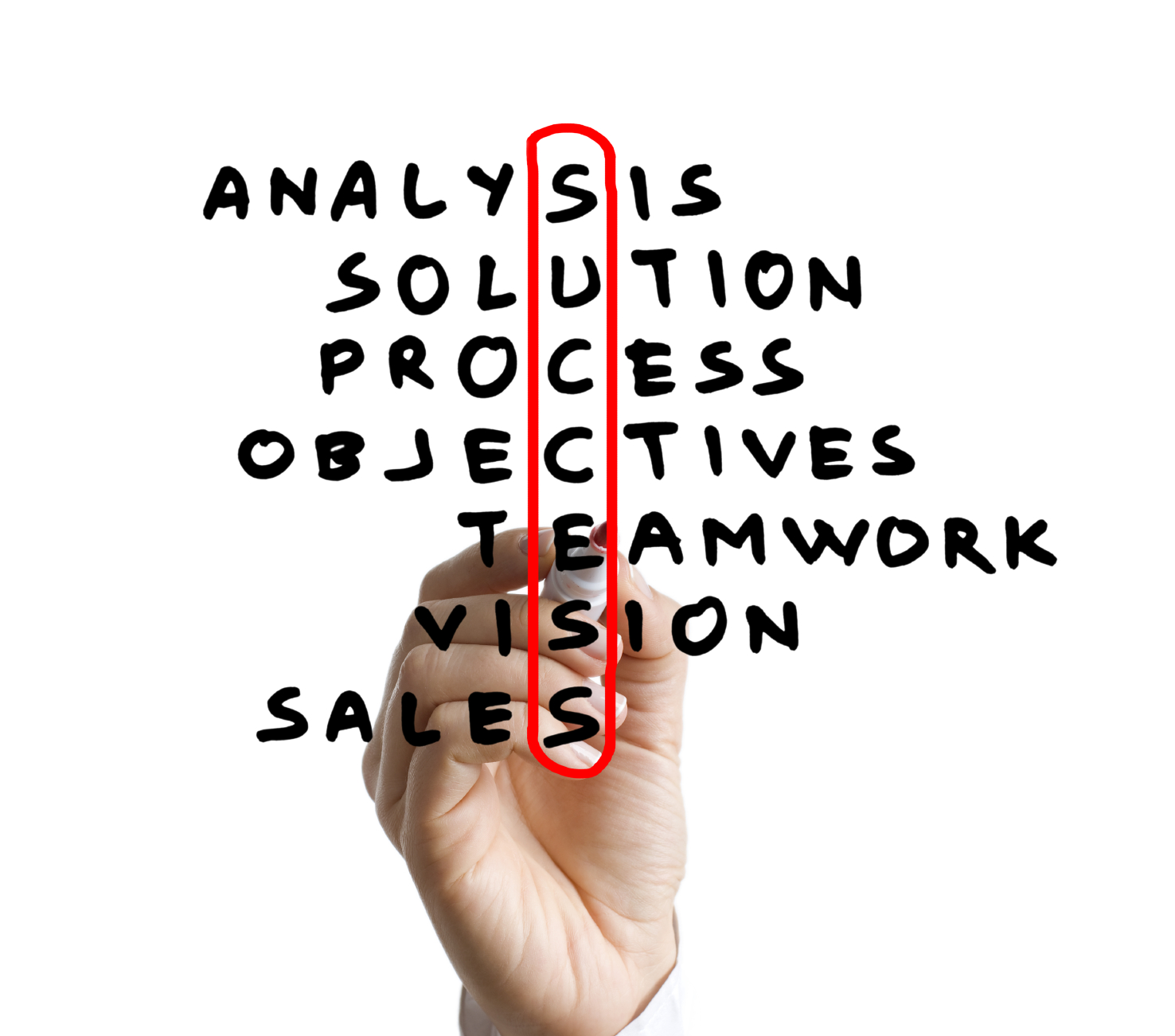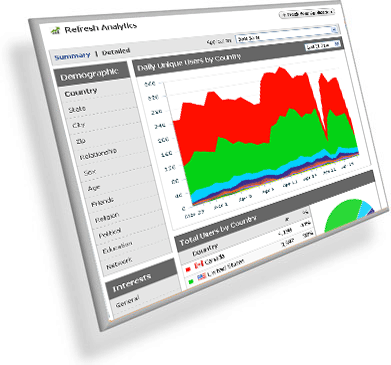Is about taking responsibility for the overall success of a product or service by understanding the market, the strategy, purpose, function & fit, and the competition extremely well. Making decisions about which features are required to meet customer/market needs and and take ownership of the experience vision aligned to the business strategy. It requires a deep knowledge of the user/product/service/app, and ability to infleunce others to get things done by demonstrating the benefts of the product/service to the business. They are champions of the user.
Why?
Even if a product/service/app has a great design and superior features, in order to make this a success requires careful management and positioning, just think of Betamax vs VHS or HD-DVD vs Blu-Ray. In these examples the less superior product was successful because of better customer experience. Providing designers/developers with an understanding of the market and business strategy, having a clear vision of the requirements and unique selling points (USP), understand the measures for success (KPI's). Quite often designers and developers need someone with a commercial/strategic head to set the course and stear the ship. History is littered with the ghosts of potentially great products that never made it, mainly because they failed to adequatley address the customer/market need offer the right balance of features.

What?
There are a number of key activities involved with product management:

Key to success is a clear understanding of the target market and how this translates into prodcut and proposition strategy. How will the product differentiate from competitors? why customers will choose your product? what customer need is being addressed? what is the business case for the product?
A great product will start from a set of clearly defined requriements, which relate to the market analysis, strategy and business case. All stakeholders need to have input into the process, the product managers role is to filter, prioritise, and document these requirements for designers & developers to understand. Use of stories is often a good way to showcase requirements.

MVP or Minimum Value Proposition is the lowest common denominator in product terms i.e. the miniimum set of features to provide the key benefits and function of the product proposition. Often confused with Beta version, MVP is aligned with agile development to quickly bring the product to market and test/validate the proposition to justify further design/development; an approach oftern taken by Google amonst others.

Having a great product launch is one thing, keeping the product at the top against fierce competition is another. This is where having a great roadmap of new features/capabilities aligned with business goals, technological advances, and user behaviour/preference is essential. The iPod is not the market leader after several years by chance.

Once the product is launched what next? how does a business know if a product is successful? Having clear KPI analytics designed into the product will enable easy tracking and measure of performance, essential to business reporting and justifying further investment, termination, or re-development. Making analytics core to the product design will save time later and allow tracking of success from day one.
When

Customer Experience activities are a component of User Centered Design approach. Market analysis sits alongside user research, and requirements capture within UxD. Without a clear product definition, designers are left to make assumptions about features and priorities.
Where

To understand the product strategy, requirements, and proposition necessitates inital close involvement with key stakeholders in the business. Evaluating the product market, competitive environment, and then formulating the user stories, requirements, priorities, and roadmap can be done as a remote activity with regular alignment meetings.
How

The essential first activity is to create a marketing requirements specification. This covers product strategy, purpose, goals, market analysis, and outline business plan. In support of this are prioritised user stories or requirement capture, high-level roadmap and product definition. These feed into the UxD process as part of the user centered design approach.




